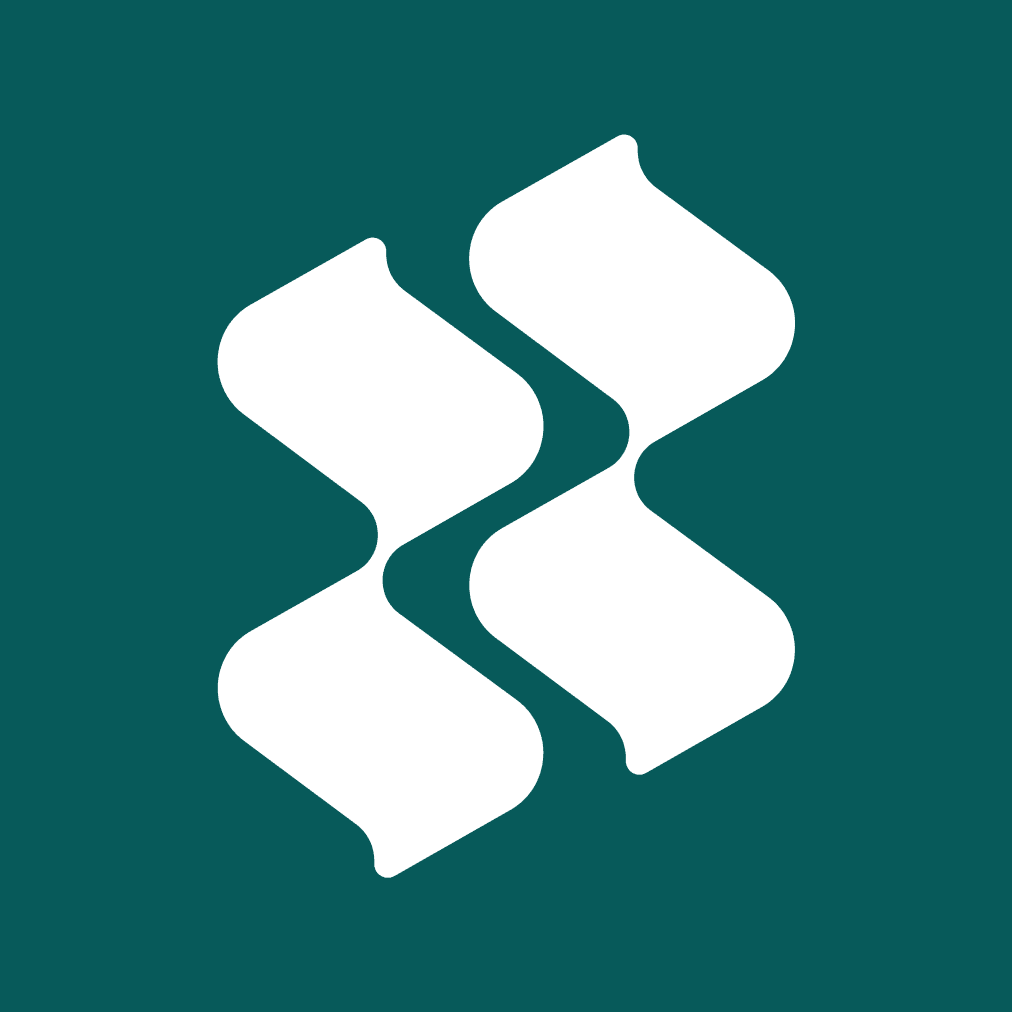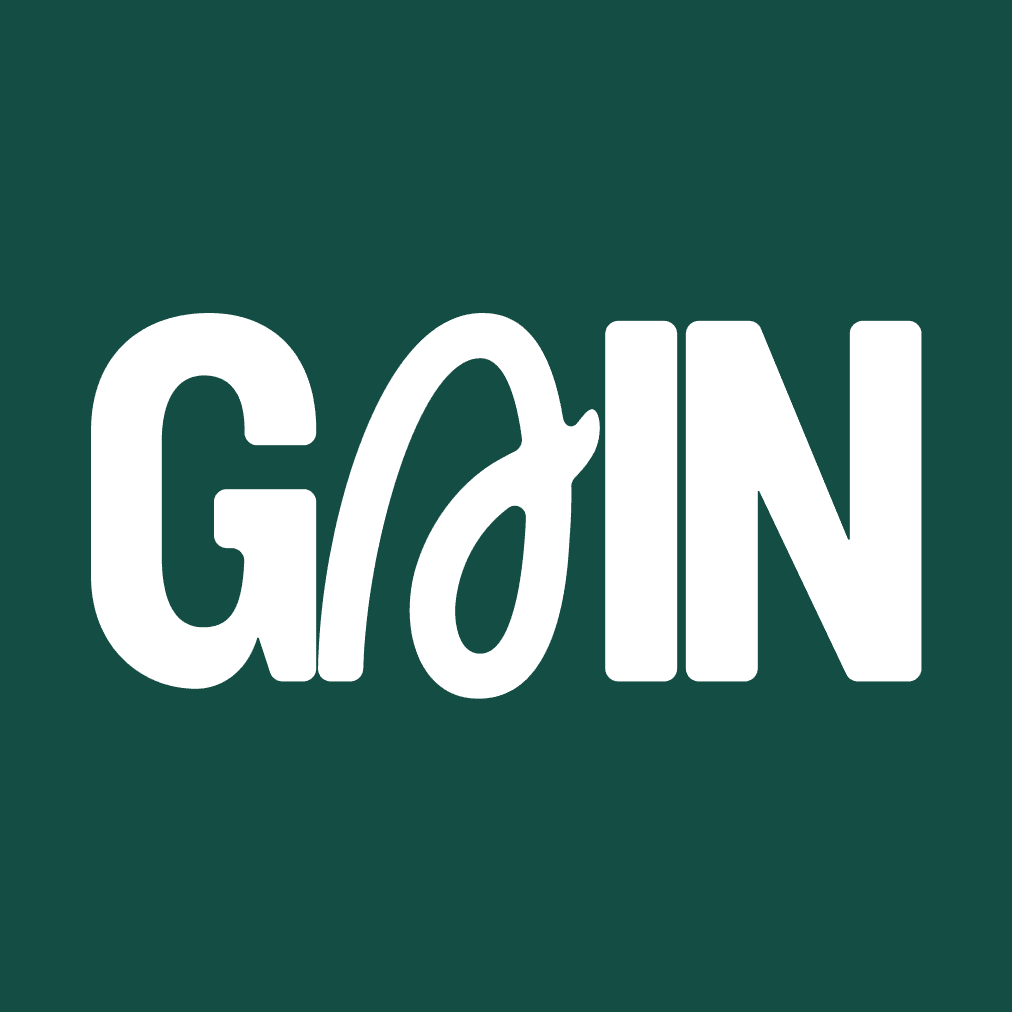Neil
In finance, names are not ornamental, they are signals. They condense philosophy into form, anchoring abstract systems into language that endures. Kred, the newest chapter in KernelDAO’s stack, is not just a name. It is a story in a single syllable, and at its heart lies a letter, K.
The Kinship of “K”
By carrying the same “K,” Kred signals kinship. It does not stand apart but within, recognizing itself as part of a family, part of the same soil. Each “K” stands for a shared governance layer of $KERNEL that anchors economic security and enables composability across DeFi. Here, capital is not siloed but pooled into a common substrate, collectively securing a growing web of decentralized infrastructure. The “K” is kinship. The letter binds more than names; it binds meaning, signaling that every product is both distinct and inseparable, both branch and trunk.

Kred - The “Cred” Within the “K”
Beyond kinship, Kred also pulls from the deep linguistic roots of cred, a syllable resonant with centuries of meaning:
Credit - belief made transactional, trust extended in capital.
Credibility - proof that belief is justified.
Credential - a marker that signals trustworthiness.
Creed - the shared ethos that binds communities.
Credence - the fragile, vital act of giving belief.
By prefixing this constellation of meanings with a “K,” Kred positions itself both inside and outside tradition. It honours the lineage of “cred,” but redefines it for Web3, where trust is no longer abstract belief alone, but scalable and enforced by smart contracts. The result is a word at once familiar and reimagined, rooted in history yet coded for the future.
Kred and the KernelDAO Ecosystem
Kred does not stand alone; it completes a system already in motion. KernelDAO, with over $2B in assets locked and partnerships across 150+ protocols, is building the foundational ecosystem for restaking. Its primary mission is simple yet ambitious, which is to rewire how capital secures infrastructure across chains. Within this stack, Kelp serves as Ethereum’s liquid restaking engine, matching validators with services and distributing rsETH as a liquid token of trust. Gain, on the other hand, is the vault suite that routes restaked assets across DeFi protocols to generate optimized yield, transforming rewards into active strategies. Soon, Gain will expand into a Stablecoin Vault, designed for low-volatility strategies that complement high-growth restaking.
Kred enters this architecture not as an afterthought, but as the credit layer that ties the financial loop, where Kernel secures, Kelp orchestrates, Gain optimizes, and Kred fills a crucial gap (read further to know more).
The Symbolism of the “K”
Phonetically, “K” is sharp and conclusive, it cuts clean, and more importantly, it completes. Kred carries that same role within the KernelDAO stack. As a new branch, it is not peripheral but pivotal as the first onchain credit layer that anchors Kernel’s entry into real-world assets. At its core sits KUSD, a yield-bearing stablecoin fully backed by short-term receivables. Unlike passive stables, KUSD only earns from verified credit flows; like payroll, trade finance, cross-border settlements. This isn’t capital storage, instead, it’s capital in motion. And beyond settlement, the credit layer extends to a wider spectrum of use cases:
Collateralized invoice financing - unlocking liquidity against receivables.
Short-term credit - capital where and when it’s needed, onchain.
Market-cycle independence - real-world yield that holds steady, bear or bull.
Kred is not just a product, but a scalable trust layer where short-term credit is made composable and yield is made real.

Kred And The Internet of Credit
The Internet of Information collapsed communication barriers, the Internet of Value collapsed payment friction, and now the Internet of Credit collapses the gap between capital and its real-world use. Every leap in the “Internet of X” unlocked something once bound by geography and time:
Internet of Information → Knowledge became instant.
Internet of Communication → Messages became instant.
Internet of Commerce → Goods became instant.
Internet of Money (Web3) → Value became instant.
However, credit, the lifeblood of economies remains trapped in legacy rails. Businesses wait days to get paid, cross-border flows crawl on SWIFT, and capital sits idle in pre-funded accounts.
Kred introduces the Internet of Credit. A system where capital moves with the same speed as information making it borderless, composable, and programmable by default.
This is not speculation layered on volatility; this is infrastructure aligned with demand. Not abstract promises, but proof of usage. Kred is the Internet of Credit where capital works as fast as the world does.

How KUSD Works
Minting: KUSD is minted when stablecoins are deposited by KYB-verified LPs.
Deployment: Deposited Stablecoins are deployed via smart contracts to pre-approved institutions.
Repayment: Institutions repay with interest, flowing back on-chain.
Rewards: Interest is distributed to LPs as KUSD rewards.
And at the center of this completion sits KUSD, a stablecoin that earns from real world usage. While USDT moves into the real world to fund payroll, trade, or cross-border finance, KUSD stays onchain accruing yield from verified repayments. Kred ensures these returns are not abstract emissions, but tangible rewards drawn from real economic activity.
This is just the beginning. In the coming weeks, we’ll be releasing the Kred Litepaper and roadmap that unpacks the mechanics, the architecture, and the launch plans that will bring this credit layer to life. Consider this a trailer to the blockbuster that releases soon.
Etymology is destiny. In Kred’s name, the convergence of “K” and “cred” fuses kinship with credibility and lineage with belief. Kred is not just the last in the series of “K’s.” It is the high note, the crescendo that resolves the symphony KernelDAO began.
In a world of abstractions, Kred restores finance to its root with trust backed by use. KUSD anchors value inside the system, while USDT powers the real economy creating a closed loop where capital flows out with purpose and returns with accountability. Not speculation, but infrastructure. Not promises, but proof. Because Kred is where trust completes.
Sign up for more interesting blogs & updates




